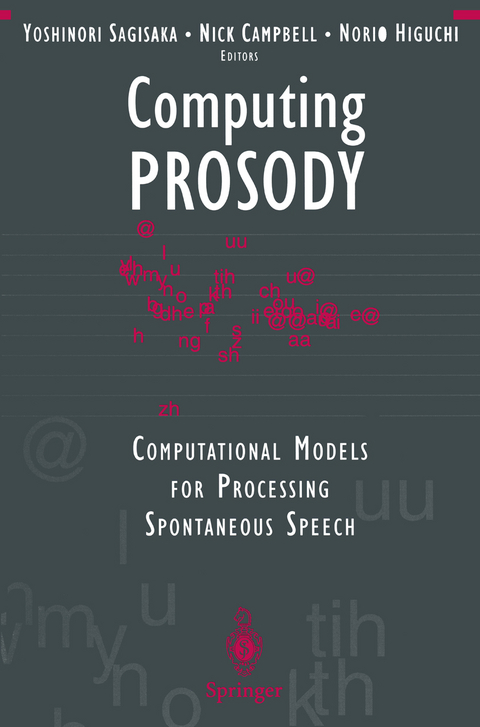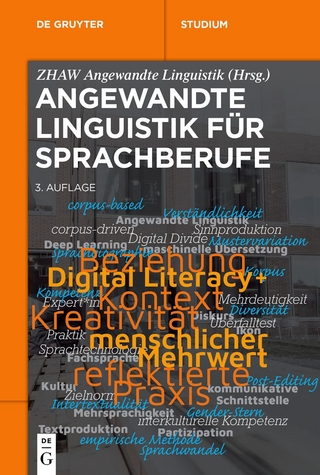
Computing PROSODY
Springer-Verlag New York Inc.
978-1-4612-7476-6 (ISBN)
Preface.- Contributors.- I The Prosody of Spontaneous Speech.- 1 Introduction to Part I.- 2 A Typology of Spontaneous Speech.- 3 Prosody, Models, and Spontaneous Speech.- 4 On the Analysis of Prosody in Interaction.- II Prosody and the Structure of the Message.- 5 Introduction to Part II.- 6 Integrating Prosodic and Discourse Modelling.- 7 Prosodic Features of Utterances in Task-Oriented Dialogues.- 8 Variation of Accent Prominence within the Phrase: Models and Spontaneous Speech Data.- 9 Predicting the Intonation of Discourse Segments from Examples in Dialogue Speech.- 10 Effects of Focus on Duration and Vowel Formant Frequency in Japanese.- III Prosody in Speech Synthesis.- 11 Introduction to Part III.- 12 Synthesizing Spontaneous Speech.- 13 Modelling Prosody in Spontaneous Speech.- 14 Comparison of F0 Control Rules Derived from Multiple Speech Databases.- 15 Segmental Duration and Speech Timing.- 16 Measuring temporal compensation effect in speech perception.- 17 Prediction of Major Phrase Boundary Location and Pause Insertion Using a Stochastic Context-free Grammar.- IV Prosody in Speech Recognition.- 18 Introduction to Part IV.- 19 A Multi-level Model for Recognition of Intonation Labels.- 20 Training Prosody-Syntax Recognition Models without Prosodic Labels.- 21 Disambiguating Recognition Results by Prosodic Features.- 22 Accent Phrase Segmentation by F0 Clustering Using Superpositional Modelling.- 23 Prosodic Modules for Speech Recognition and Understanding in VERBMOBIL.- Author Index.- Citation Index.
| Zusatzinfo | XVII, 401 p. |
|---|---|
| Verlagsort | New York, NY |
| Sprache | englisch |
| Maße | 155 x 235 mm |
| Themenwelt | Geisteswissenschaften ► Sprach- / Literaturwissenschaft ► Sprachwissenschaft |
| Mathematik / Informatik ► Informatik ► Office Programme | |
| Mathematik / Informatik ► Mathematik ► Graphentheorie | |
| Naturwissenschaften ► Physik / Astronomie ► Mechanik | |
| Technik ► Elektrotechnik / Energietechnik | |
| ISBN-10 | 1-4612-7476-1 / 1461274761 |
| ISBN-13 | 978-1-4612-7476-6 / 9781461274766 |
| Zustand | Neuware |
| Haben Sie eine Frage zum Produkt? |
aus dem Bereich


